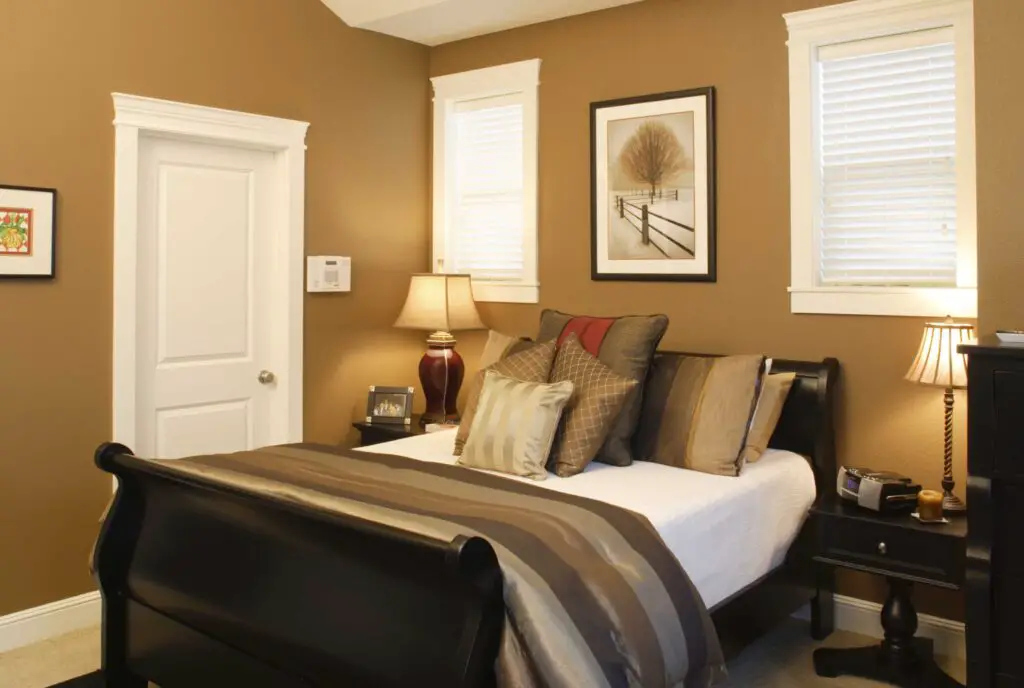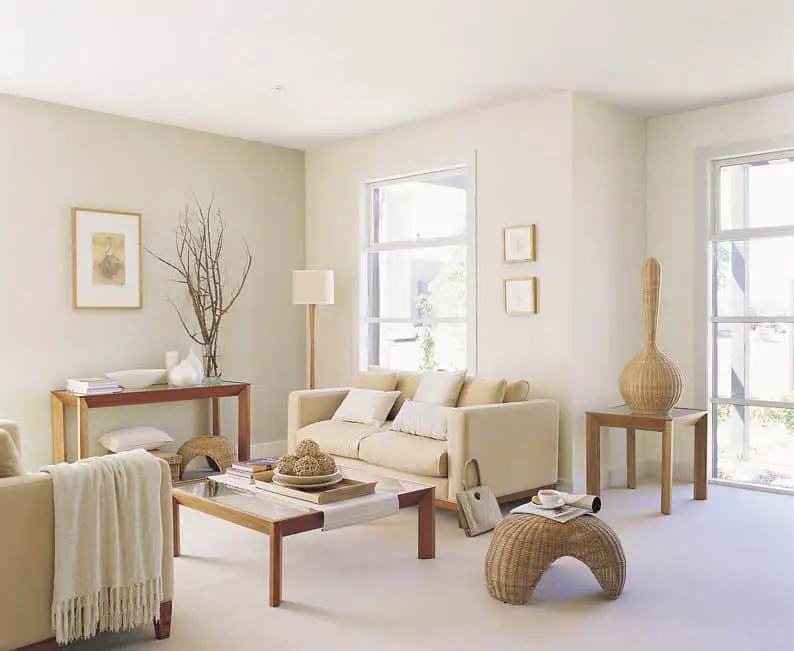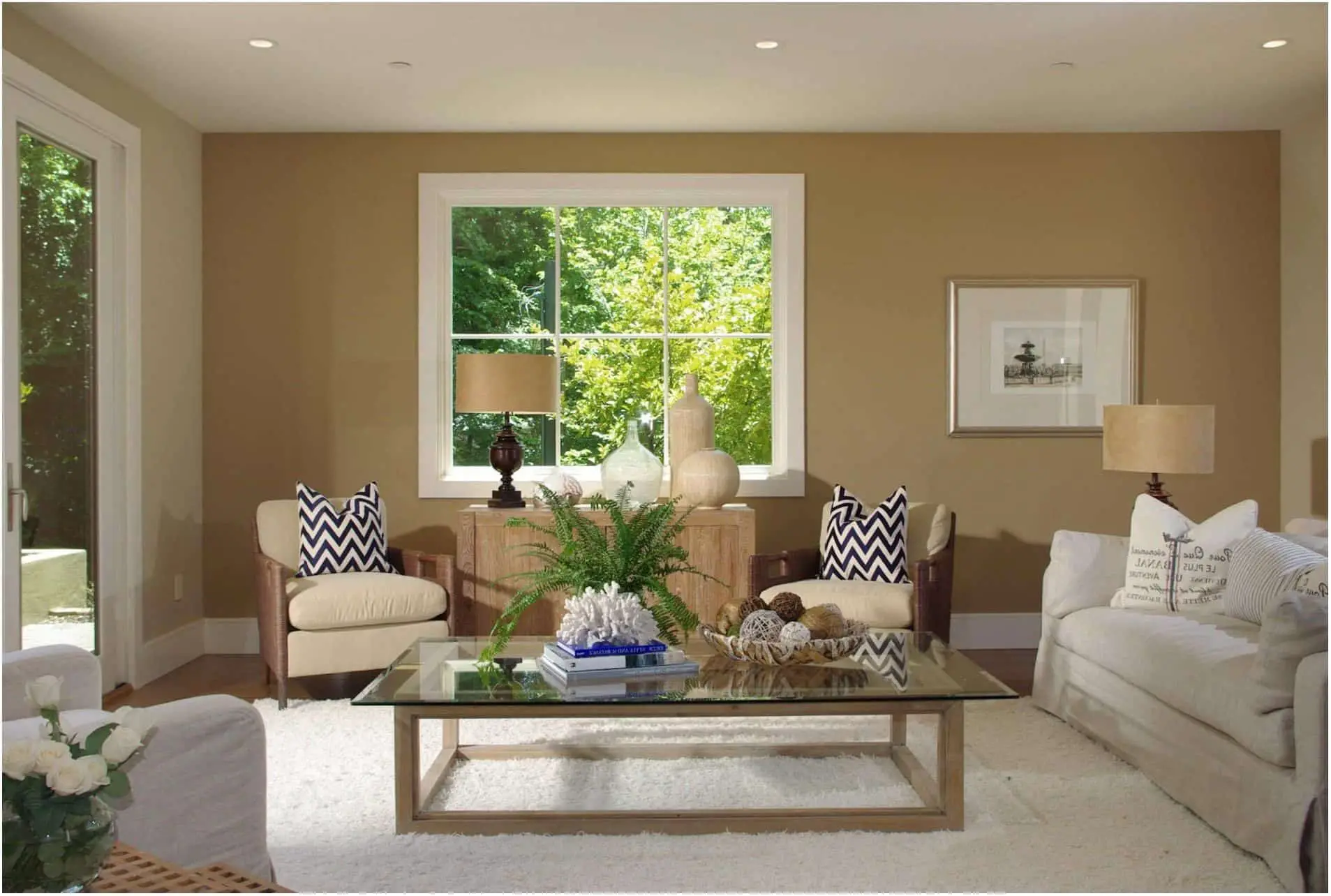How Much Per Square Foot To Paint Interior Walls
Introduction
How Much Per Square Foot To Paint Interior Walls: Painting is one of the most transformative and cost-effective ways to breathe new life into your home. The choice of color, texture, and finish can significantly impact the overall aesthetic, mood, and even the perceived size of a room. However, before delving into a painting project, it’s crucial to grasp the factors that influence the cost, particularly the price per square foot.
We will break down the various elements that contribute to the cost of painting interior walls and provide you with insights to help you make informed decisions. From understanding the type of paint required and the surface preparation needed to factoring in labor costs and potential additional expenses, we’ll cover it all.
While the cost per square foot can vary widely based on factors like location, the condition of the walls, and the intricacy of the job, this guide will empower you with a ballpark figure to anticipate. Additionally, we’ll highlight money-saving tips, the importance of hiring professionals versus undertaking a DIY approach, and how to navigate through the multitude of paint options available.
Whether you’re a homeowner, a landlord, or someone looking to revamp a commercial space, our guide aims to demystify the cost per square foot for painting interior walls, enabling you to embark on your project with confidence and a clear budgetary understanding. Let’s dive into the world of interior painting and discover how a fresh coat of paint can truly redefine the spaces we inhabit.

How many square feet do you need to paint a wall?
Paint usually is applied at 350 to 400 square feet per gallon (primer at 200 to 300 square feet per gallon). Use the Area section below to calculate the walls and ceiling values.
The amount of square footage you need to paint a wall depends on the dimensions of the wall itself. To calculate the square footage, you’ll need to measure both the height and the width of the wall in feet. Once you have these measurements, multiply the height by the width to get the total square footage of the wall.
For instance, if you have a wall that is 10 feet in height and 12 feet in width, you would multiply 10 by 12, resulting in 120 square feet. This is the surface area that requires painting. Keep in mind that if the wall has doors, windows, or other openings, you should subtract the square footage of those areas from the total to get an accurate estimate of the paintable area.
It’s essential to have an accurate measurement of the square footage to determine the amount of paint you’ll need and to estimate the cost of the project. Remember that multiple walls in a room may need painting, so be sure to measure each one separately and then sum up their square footages for a complete estimate.
How much interior paint do I need per square foot?
Most typically, a gallon of paint covers anywhere from 350 to 400 square feet, so a gallon of paint is enough to cover a small space like a bathroom.
The amount of interior paint you need per square foot depends on factors such as the type of paint, the color you’re using, the texture of the surface, and the number of coats you plan to apply. On average, one gallon of paint covers around 350 to 400 square feet with a single coat. However, if you’re using a high-quality paint with better coverage or a lighter color, you might achieve greater coverage.
For example, if you have a room with walls totaling 800 square feet and plan to apply two coats, you’d need about 4 gallons of paint (800 sq. ft. ÷ 400 sq. ft. per gallon per coat × 2 coats).
To get a precise estimate, refer to the paint manufacturer’s label, which often provides a recommended coverage rate. Additionally, be aware that textured or porous surfaces might require more paint. It’s generally wise to purchase a slightly higher quantity than your calculation to account for touch-ups, future maintenance, or potential discrepancies in application.
Remember, having an accurate estimation of how much interior paint you need per square foot is crucial for both budgeting and ensuring a successful and visually appealing paint job.
How much interior paint for 1200 square feet?
Three gallons
Three gallons of paint can cover up to 1,200 square feet, enough to cover a couple of average-sized rooms or one large room. Four gallons of paint can cover up to 1,600 square feet, enough to cover several average-sized rooms.
To determine the amount of interior paint needed for 1200 square feet, you’ll want to consider the number of coats you plan to apply and the type of paint you’re using. On average, a gallon of paint typically covers around 350 to 400 square feet with a single coat. Therefore, for a space measuring 1200 square feet, you could estimate needing around 3 to 4 gallons of paint for one coat.
If you plan to apply two coats of paint for better coverage and durability, you would double the amount. In this case, you might need approximately 6 to 8 gallons of paint to cover 1200 square feet with two coats.
It’s essential to check the specific coverage information provided by the paint manufacturer, as different paints can have varying levels of coverage. Additionally, if the walls have significant texture or variations in surface porosity, you might require a bit more paint.
Remember that it’s often better to purchase slightly more paint than you think you’ll need to account for touch-ups and potential discrepancies in application. This will help ensure that you have enough paint to complete the job to your satisfaction.
How much paint do I need for 1000 square feet interior?
1,000 / 325 = 3.08 gallons of paint
It’s always a good idea to round up and purchase more paint than the math says you’ll need
Estimating the amount of paint required for a 1000 square feet interior involves considering factors like the type of paint, color, texture of surfaces, and the number of coats you plan to apply. On average, a gallon of paint covers approximately 350 to 400 square feet with one coat. For a 1000 square feet interior, you might need about 2.5 to 3 gallons of paint for one coat.
If you’re opting for two coats of paint to ensure better coverage and a more vibrant finish, you’ll need to double the quantity. In this case, you could estimate requiring around 5 to 6 gallons of paint to adequately cover 1000 square feet with two coats.
It’s crucial to consult the paint manufacturer’s recommendations for coverage, as different paint formulas vary in their spreading capabilities. If the walls have intricate textures or uneven surfaces, you might need additional paint to account for variations in application.
To ensure you have enough paint for the job, it’s a good practice to buy slightly more than your calculated estimate. This allows for touch-ups, potential errors, and any future touch-up needs. Accurate paint estimation ensures a successful and visually pleasing outcome for your interior space.
How does the choice of paint type and finish impact the overall cost of painting per square foot?
The choice of paint type and finish plays a pivotal role in shaping the overall cost of painting per square foot for interior walls. Different paint types, such as standard, premium, and specialty paints, vary in terms of quality, durability, and coverage. While standard paints may come at a lower upfront cost, premium and specialty paints often offer better coverage, requiring fewer coats and potentially reducing labor time. However, they generally come with a higher price tag per gallon, which can increase the overall cost per square foot.
Equally important is the selection of paint finish, such as matte, eggshell, satin, semi-gloss, and high-gloss. Each finish offers distinct characteristics in terms of appearance, ease of cleaning, and resistance to moisture. Generally, higher gloss finishes are more durable and easier to clean, but they tend to cost more than lower gloss options.
It’s worth noting that while opting for higher quality paint and finishes might increase the initial cost per square foot, the longer-lasting results and enhanced aesthetic appeal they provide could potentially lead to savings in the long run due to reduced maintenance and fewer repaints.
Ultimately, the decision on paint type and finish should align with your budget, preferences, and the specific needs of the space. Evaluating these factors thoughtfully will allow you to strike a balance between the upfront cost and the long-term value of your painting project.
What are the potential additional expenses that should be considered when estimating the cost of painting interior walls per square foot?
When evaluating the cost of painting interior walls per square foot, consider more than simply paint and labor. Surface preparation cost is important. Fixing cracks, filling holes, sanding, and priming give a smooth, professional finish. Poor surface preparation might result in poor results and additional paint.
Materials like painter’s tape, drop cloths, brushes, rollers, and other equipment are another cost. These products make painting easy and protect your furniture and floors from spills.
Due to the extra time and work needed to execute sophisticated designs, various colors, or complex patterns, the cost per square foot may rise.
During painting, hidden water damage or structural issues may be found and repaired. Unexpected repairs can drastically increase cost per square foot.
By including these prospective costs, you can better estimate the cost of painting per square foot and avoid financial surprises as your interior painting job proceeds.
Can you explain the significance of proper surface preparation in relation to the cost per square foot for interior wall painting?
Surface preparation is crucial to interior wall painting cost per square foot since it affects quality and durability. Poor surface preparation can result in poor results that take more time, effort, and resources to fix, raising costs.
A well-prepared surface ensures easy paint adhesion and a faultless finish. Repairing cracks, filling holes, sanding rough places, and priming are involved. Smoother bases require less paint to cover, lowering material costs and coats.
Preparation also avoids peeling, chipping, and uneven color dispersion. In the long term, careful surface preparation can save you money by extending the life of your paint work.
Surface preparation may seem like an initial investment, but it greatly affects cost per square foot. A well-prepared surface improves the final look and ensures a long-lasting painting endeavor.
Could you provide examples of how location and regional pricing differences can impact the estimated cost per square foot for painting interior walls?
Location and regional pricing differences can significantly impact the estimated cost per square foot for painting interior walls due to variations in labor costs, cost of living, and local market dynamics. For instance, urban areas with higher living costs often have elevated labor rates, affecting the overall project cost. A metropolitan city might have a higher price per square foot compared to a rural area due to increased demand for skilled painters and higher overhead expenses.
Moreover, regional climate conditions can also influence painting costs. Areas with extreme weather might require more specialized paints or additional preparation to address humidity or temperature challenges, leading to increased expenses.
Local market competition also plays a role. In competitive markets, contractors may offer competitive rates to attract customers, potentially lowering the cost per square foot. Conversely, areas with limited painting services might lead to higher prices.
Unique regulations, like environmental requirements or licensing fees, can also differ by location and impact project costs. To accurately estimate the cost per square foot, it’s crucial to consider these regional variations, ensuring that your budget aligns with the realities of the local market and its specific cost influencers.

Conclusion
Understanding the cost per square foot to paint interior walls goes beyond mere numbers – it’s about envisioning the transformation of your living spaces and making informed decisions. As you embark on your painting journey, remember that cost is just one aspect; the value added to your home or environment is immeasurable.
By grasping the intricacies of factors such as paint types, surface preparation, labor, and additional expenses, you’re equipped to make thoughtful choices that align with your budget and vision. Whether you choose to enlist the expertise of professionals or take the DIY route, this knowledge empowers you to navigate the process confidently.
As you move forward, consider the long-term benefits of a well-executed painting project. The right colors and finishes can foster creativity, relaxation, and an overall improved atmosphere. Whether it’s a cozy bedroom, a vibrant living room, or a welcoming workspace, the investment in painting is an investment in enhancing your daily life.
So, whether you’re aiming to revitalize a single room or undertake a comprehensive home makeover, remember that the painting cost per square foot for painting interior walls is an investment that extends beyond the financial aspect. It’s a step towards creating an environment that truly resonates with your style and purpose, enhancing both aesthetics and comfort in the spaces you call your own.








